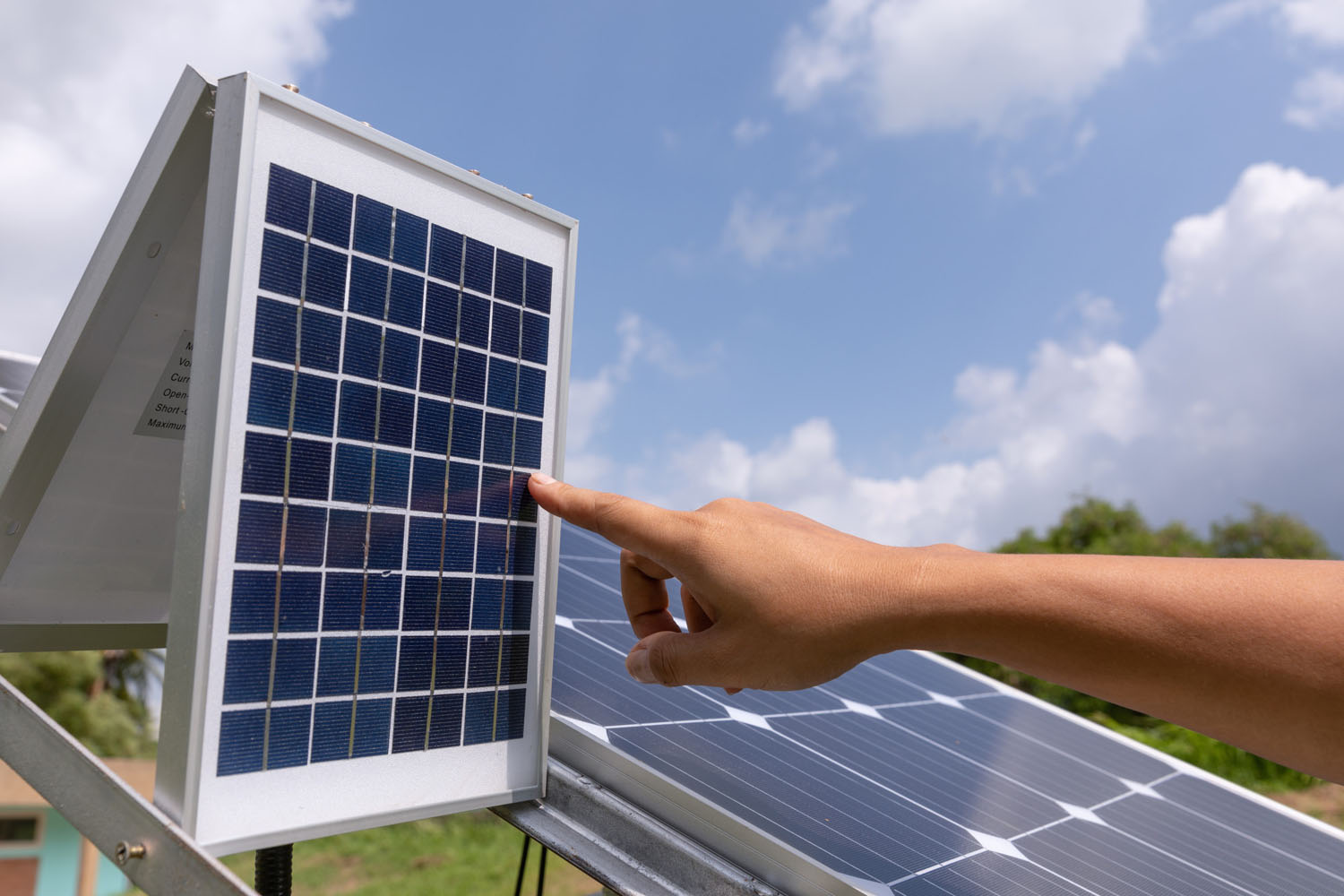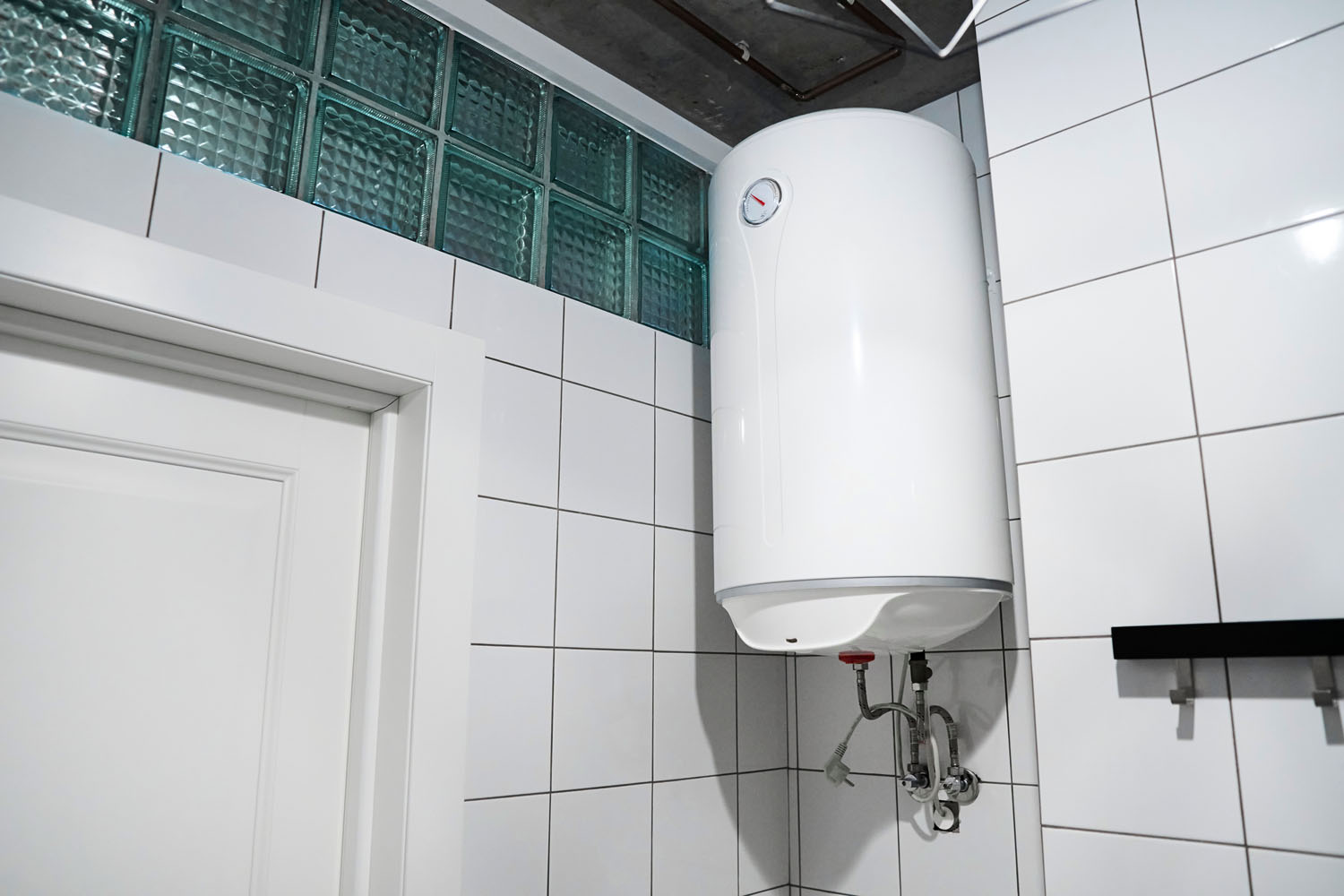As the shift towards sustainability continues, many homeowners in Victoria are choosing to convert from gas to electric heating systems. Whether it’s to reduce energy bills, take advantage of renewable energy, or lower greenhouse gas emissions, converting to electric heating offers several benefits. In this article, we’ll explore the steps involved in making the switch from gas to electric heating, as well as the costs and benefits.
1. Why Switch from Gas to Electric?
There are several reasons why homeowners are making the switch from gas to electric heating:
- Environmental impact: Electric heating systems, especially heat pumps, produce fewer greenhouse gas emissions than gas heaters, particularly when powered by solar energy.
- Energy efficiency: Heat pumps are up to 300-400% more efficient than gas systems, meaning they use significantly less energy to heat your home.
- Cost savings: While gas may be cheaper in the short term, the long-term savings from electric heat pumps, especially when paired with solar panels, can be substantial.
2. Steps to Convert from Gas to Electric Heating
Switching from gas to electric heating requires careful planning and professional installation. Here are the steps involved in the conversion process:
Step 1: Assess Your Home’s Energy Needs
Before making the switch, it’s important to assess your home’s energy needs. A licensed professional can evaluate your home’s insulation, size, and heating requirements to determine the most suitable electric heating system.
Step 2: Choose the Right Electric Heating System
The most popular option for replacing gas heating is a reverse cycle air conditioner (heat pump), which provides both heating and cooling. Depending on your needs, you may choose between:
- Split systems: Ideal for heating individual rooms or smaller homes.
- Ducted systems: Suitable for whole-home heating and cooling, similar to ducted gas systems.
Step 3: Disconnect the Gas Supply
Once you’ve chosen your electric heating system, you’ll need to arrange for the disconnection of your gas supply. This can be done by contacting your gas provider and having a licensed plumber safely cap the gas lines.
Step 4: Install the New System
A licensed electrician will install your new electric heating system. If you’re installing a ducted reverse cycle system, the ductwork from your gas system may be repurposed for the electric system, reducing installation costs.
Step 5: Pair with Solar (Optional)
To maximize savings, consider installing solar panels along with your electric heating system. Solar panels can significantly reduce or eliminate your electricity bills, making the transition to electric heating even more cost-effective.
3. Cost of Converting from Gas to Electric
The cost of converting from gas to electric heating depends on the size of your home and the type of system you choose. Here’s a rough breakdown:
- Split system air conditioners: $2,000 – $6,000.
- Ducted reverse cycle systems: $8,000 – $15,000.
While the upfront costs may be higher than gas systems, the long-term savings from lower running costs and the option to use solar power make electric heating a smart investment.
Conclusion
Switching from gas to electric heating is a great way to improve energy efficiency, reduce your environmental impact, and save on energy costs. With electric heat pumps offering both heating and cooling, and the potential to power your system with solar energy, the benefits of converting from gas to electric are clear. By following the steps outlined above, you can make the switch seamlessly and start enjoying a more sustainable and cost-effective heating solution.







